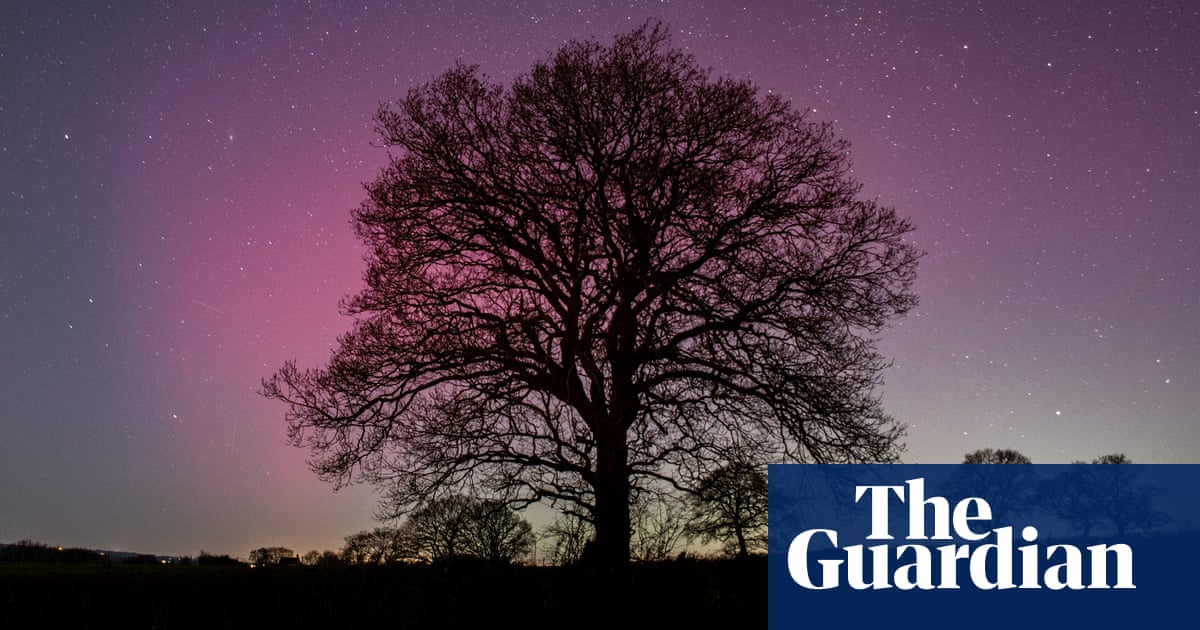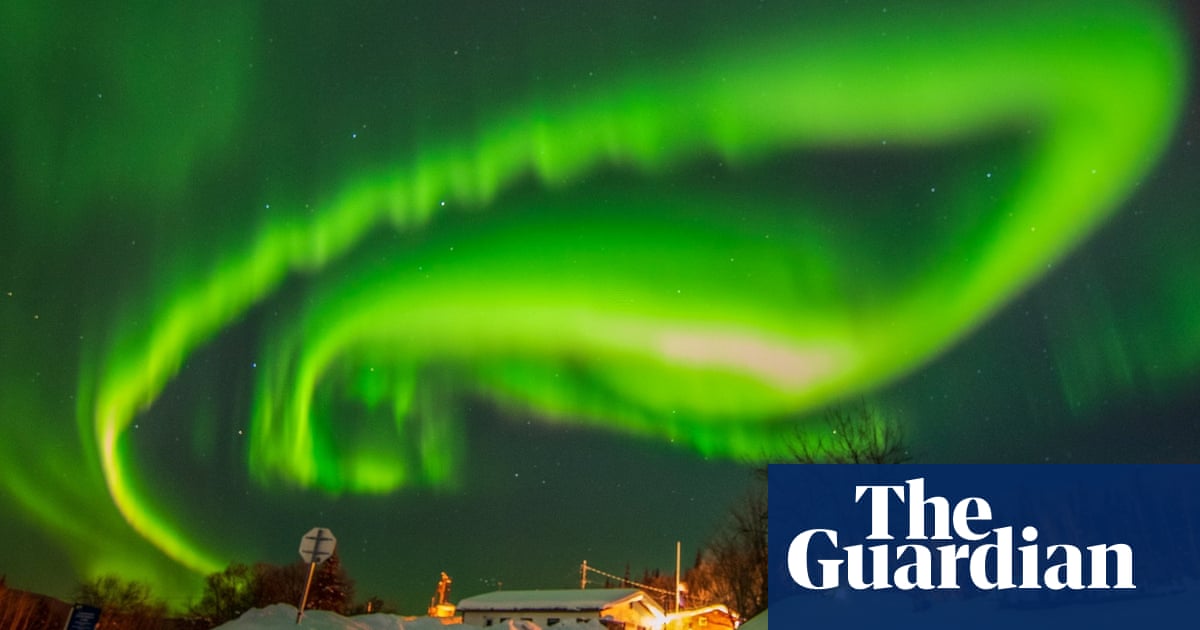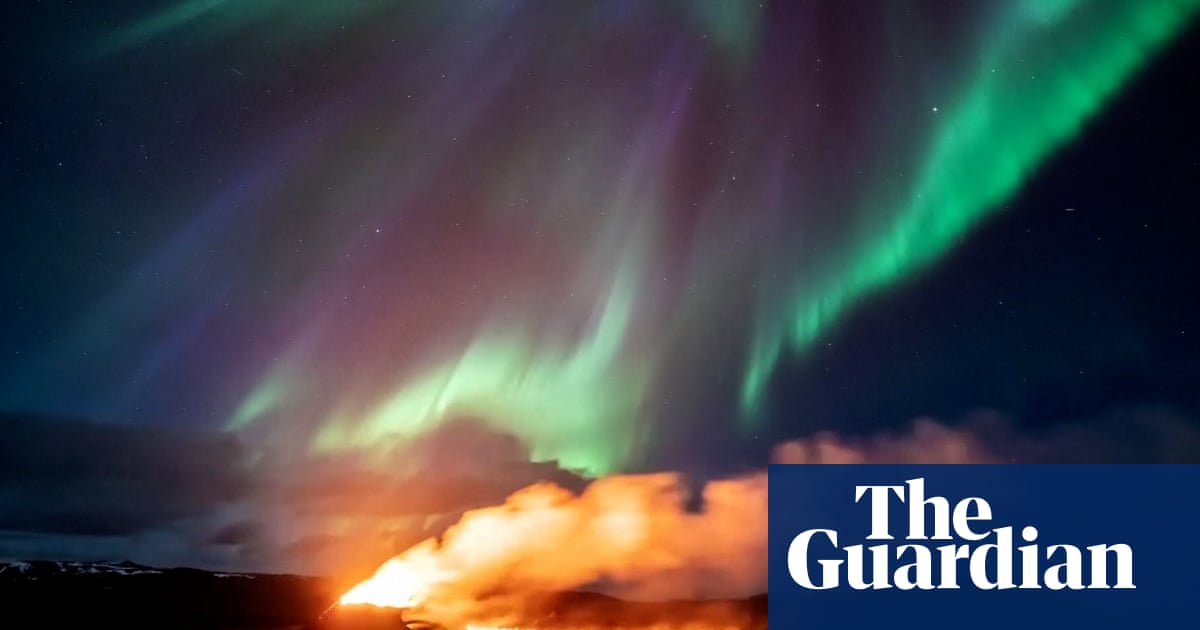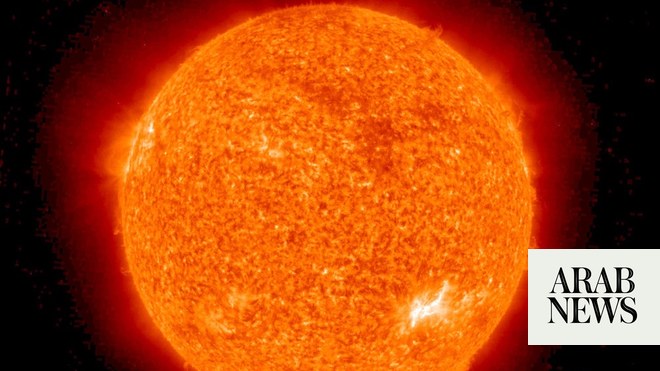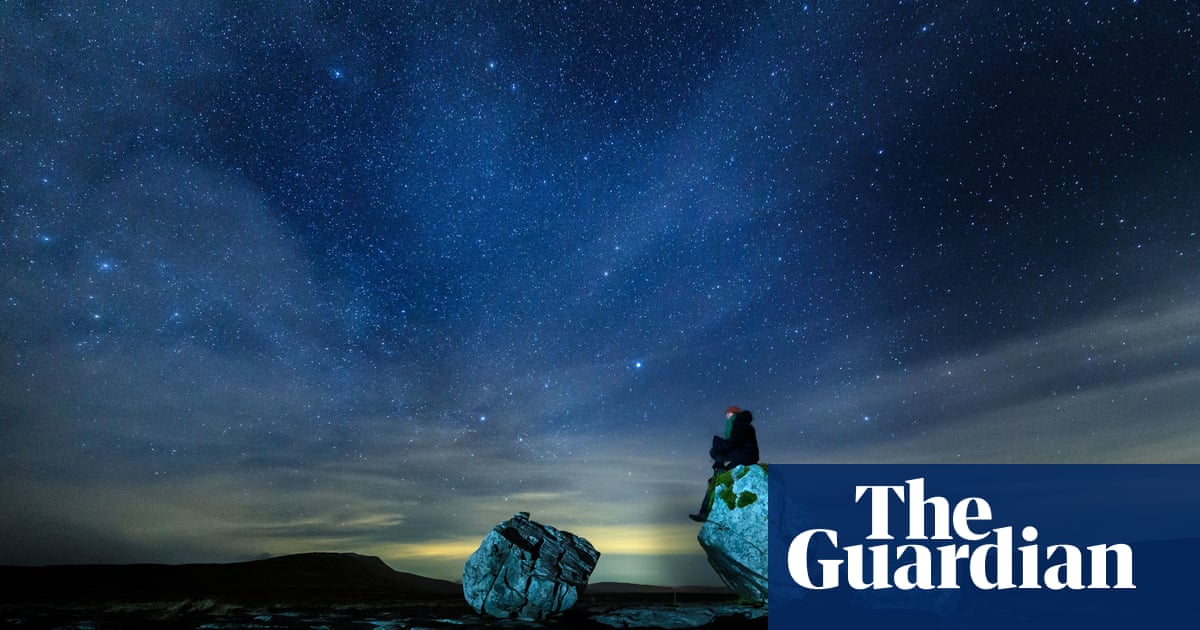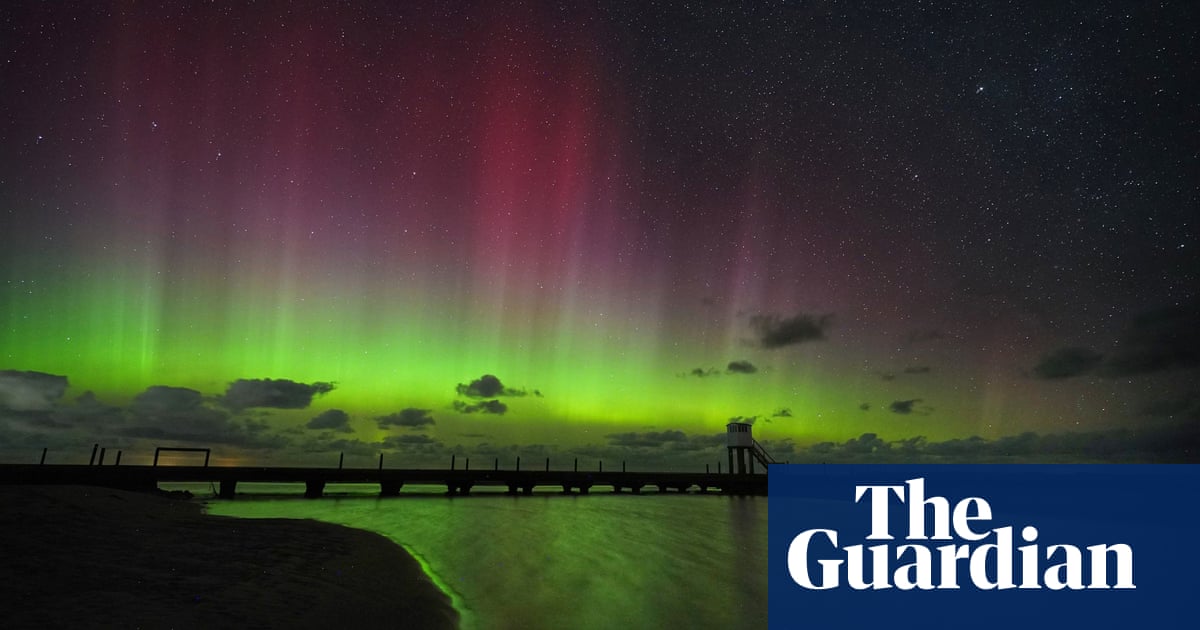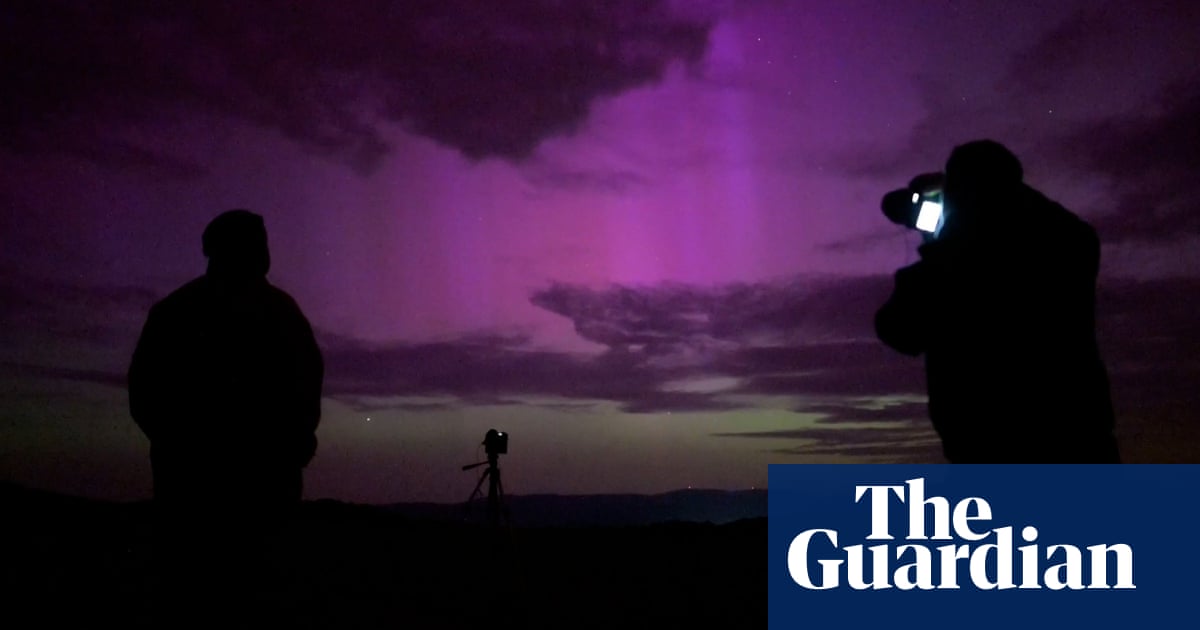
The northern lights lit up much of the UK and Ireland on Saturday night – from Orkney and Donegal to parts of southern England including Stonehenge.
The aurora borealis, dancing green and red lights, have captivated people for millennia, and appear during geomagnetic storms. Disturbances in the Earth’s magnetic field result in hours of bright auroras at both high and low latitudes.
“Northern Lights over Stonehenge last night,” read a post by the official Twitter account for the Wiltshire historical centrepiece, accompanied by a photograph.
The light spectacle is usually most visible near Earth’s magnetic north and south poles, where the lights are called the aurora australis.
They are caused by the interaction of particles coming from the sun, known as the solar wind. The particles can travel millions of miles, and some eventually reach the Earth. They are then channelled to the polar regions by Earth’s magnetic field.
Depending on which gas molecules are hit and where they are in the atmosphere, different amounts of energy are released as different wavelengths of light; oxygen produces green light, while nitrogen causes the sky to glow red.
Though light pollution can make the aurora difficult to see, some photographers still managed to capture the spectacle while documenting firework displays to mark bonfire weekend.
It was the Italian astronomer Galielo Galiliei who coined the name aurora borealis in 1619, after the Roman goddess of dawn, Aurora, and the Greek god of the north wind, Boreas. But the earliest record of the northern lights is believed to be a 30,000-year-old cave painting in France.
The lights also dazzled Britons last month. They have been predicted to be stronger than they have for at least a decade over the autumn and winter months.





